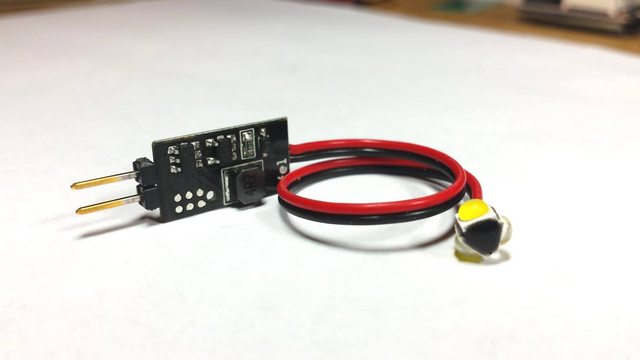Why is NO ONE designing BOOST GLIDERS & ROCKET GLIDERS for Maximum Performance, anymore ?
Yes, all of the gliders from Dynasoar Rocketry and other companies are very cool looking, but they are NOT designed for maximum duration performance. I understand that RC is a big attraction, in that you have control, don't have to walk far ( usually ) to recovery them, and they are less likely to be lost.
One economic reason to consider high-performance gliders is that they are less expensive to build & fly and, being smaller, can fly on smaller, less expensive motors.
Competition can also make flying high-performance gliders a lot of fun . . . Compete against your friends, other clubs, and at formal competition events, if you like that sort of thing !
Yes, there are kits out there, but most of them are old designs from the "Golden Era of Rocketry" . . . Why not design and build some "modern" designs ?
"But, I don't know how . . ." There is only one way to overcome that . . . Learn new skills and techniques !
https://www.rocketryforum.com/threads/glider-design-trimming-library.155758
Dave F.








Yes, all of the gliders from Dynasoar Rocketry and other companies are very cool looking, but they are NOT designed for maximum duration performance. I understand that RC is a big attraction, in that you have control, don't have to walk far ( usually ) to recovery them, and they are less likely to be lost.
One economic reason to consider high-performance gliders is that they are less expensive to build & fly and, being smaller, can fly on smaller, less expensive motors.
Competition can also make flying high-performance gliders a lot of fun . . . Compete against your friends, other clubs, and at formal competition events, if you like that sort of thing !
Yes, there are kits out there, but most of them are old designs from the "Golden Era of Rocketry" . . . Why not design and build some "modern" designs ?
"But, I don't know how . . ." There is only one way to overcome that . . . Learn new skills and techniques !
https://www.rocketryforum.com/threads/glider-design-trimming-library.155758
Dave F.






















